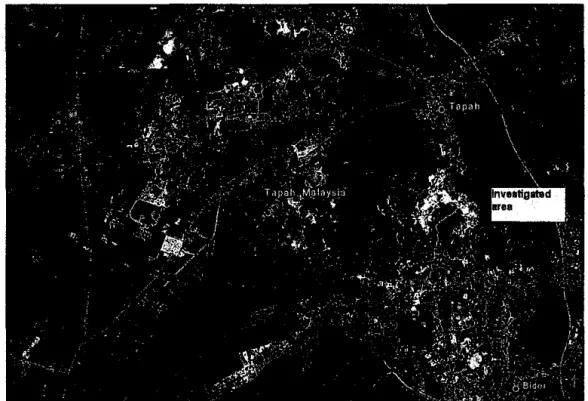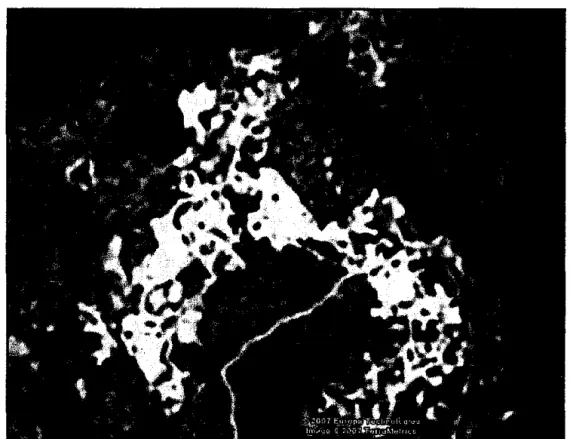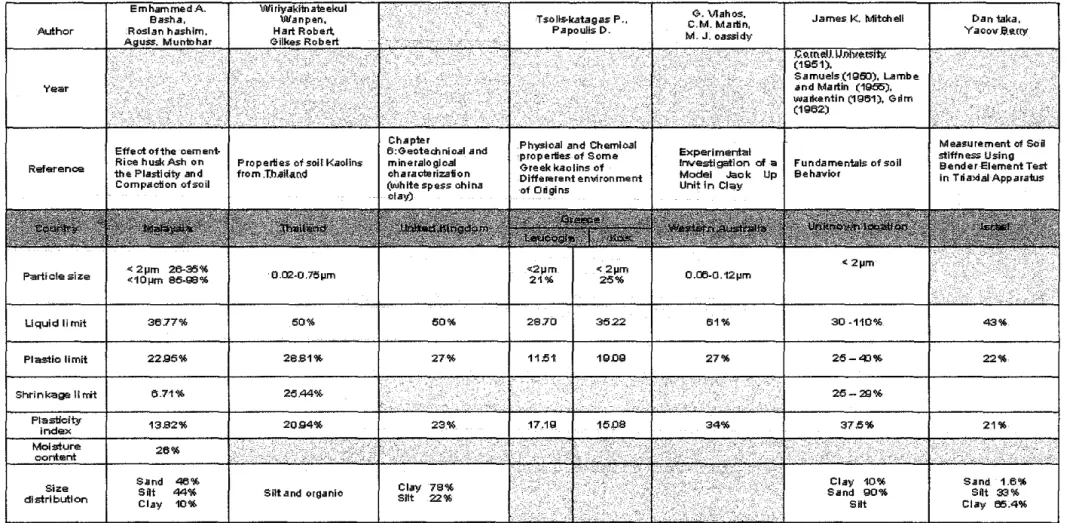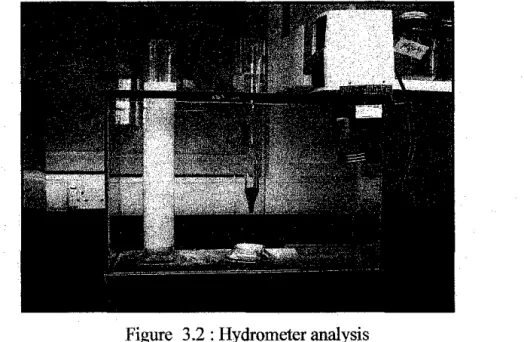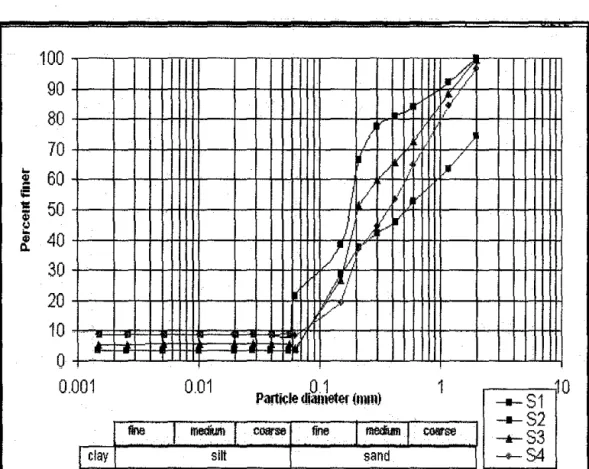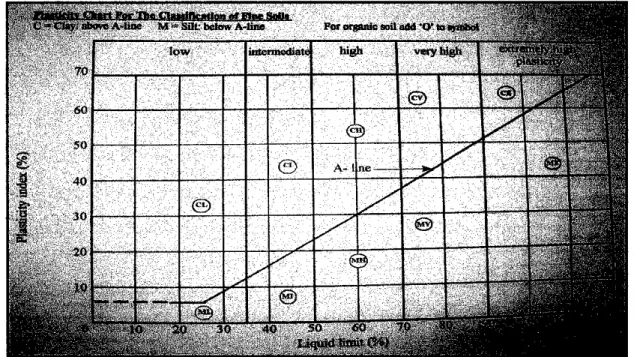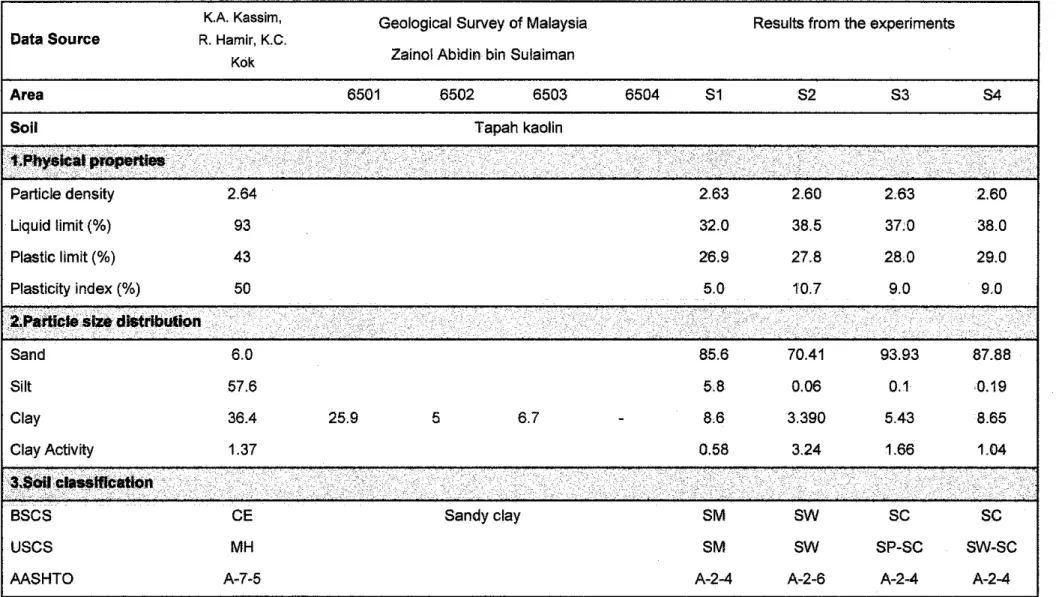INTRODUCTION
Problem Statement
Strength, stiffness, flow and particle distribution can affect the design and performance of the structure. Among the three clay minerals, Kaolinite has greater shear strength compared to the other minerals. Also, lack of kaolin data provided for Tapah atea and therefore difficult for others (eg engineers, developers) to know the properties of the soil.
This study is essential to know the properties of the art behavior of kaolin soil which cart will be used in the solution.
Objective and Scope of Study
- ObjectiVes
LITERATURE REVIEW
- Introduction
- Minera!s
- Minerai Composition in Kaolin
- Index Properties of Kaolin Soil
- Atterberg Limits
- Particle SiZe al1d Shape
- Specific Gravity
- Shear Strength of Soil
- Classification of Soil
- AASHTO Classification System
- Unified Soil Classification System (USCS)
- Formation of Kaolin Soil... ............................................................. IO
- Collecting Samples
- Determination of Particle Size Distribution
- Deterihination of the Plastic Lifuit
- Determination of Particle Density
- Determination of Vane Shear Test
Its density is 2.1-2.6 g/cm3• The cation exchange capacity of kaolinite is much lower than that of montmorillonite, namely 2-10 meq/100 g, depending on the particle size, but the rate of the exchange reaction is fast, almost instantaneous ( Grimm, 1968). The Atterberg limit provides an indirect measure of the relationship between the composition and properties of fine-grained soil. Aggregates are basic units that interact to develop tension; i.e. aggregates act as individual particles.
Specific gravity is defined as the ratio of the unit weight of a given material to the unit weight of water. Most of the common minerals' specific gravity falls within a range of 2.6 to 2.9, where the specific gravity for kaolinite is 2.6 (Das, 2002). It should be well recognized that the presence of clay minerals in a soil aggregate has a great influence on the engineering properties of the soil as a whole.
If pavers and bollders (place Hu-ger above 75 mm) are ertcolintered, they are excluded from the part of the soil sample from which the classification is made. Kaolin and the clay mineral kaolinite are natural constituents of soil and occur in highly disturbed air as suspended dust. It therefore gives greater shear strength to the soil and supports steeper cuts due to the cohesive nature of the clay.
A portion of the paste is placed in the brass cup and the tip of the cone is lowered to touch the surface of the earth.
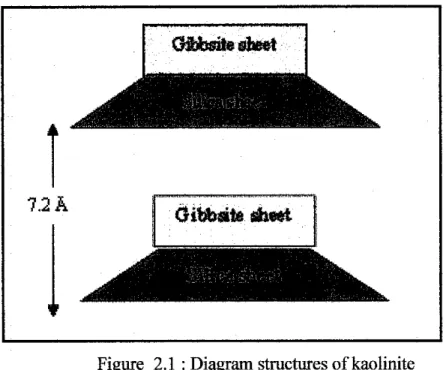
RESULTS AND DISCUSSIONS
Results
The entire samples show approximately the same results where less than 35% of the soil is finer than 0.06mm. Sl sample shows that about 86% of the soil contains sand and only 8.6% of it is clay. S2 sample shows that 70% of the soil contains sand and the rest is silt and clay.
The finer percentage of sample S2 is not quite 100%, because 26% of the soil that does not exceed 2 mm due to soil contains clay that absorbs water and causes the particles to bond with each other and form large diameter soil. From gtaph lilieat (Refer to Appendix B), when penetration is 20 mm, 32% to 38% is the moisture content for all four soils. The plastic limit is the empirically determined moisture content at which a soil becomes too second to be plastic.
It is used in conjunction with the liquid limit to determine the plasticity index which, when plotted against the liquid limit on a plasticity diagram, provides a means of classifying cohesive soils. Fout tests were performed on four different soils and the average value for the plasticity limit is between 26% and 29%. These values did not reach the range of typical plastic lithnite for kaolinite, which is 20 to 40%.
The resi.Jlts obtained from plastic limit test and liquid limit test are then used to get the plasticity index. On the plasticity map, it is found that all four samples lie in the range of intermediate plasticity and below the A line which is MI. The specific gravity or particle density of the soil particles should lie within the range of 2.65 to 2.85.
From Table 4.3, the value obtained from experiments is between 2.60 to 2.63, belonging to the typical kaolinite range, which is 2.6. The values fall in the area where the undrained shear strength is between 125 and 25 kpa. The moisture content is high and approximately closer to the soil's liquid limit.
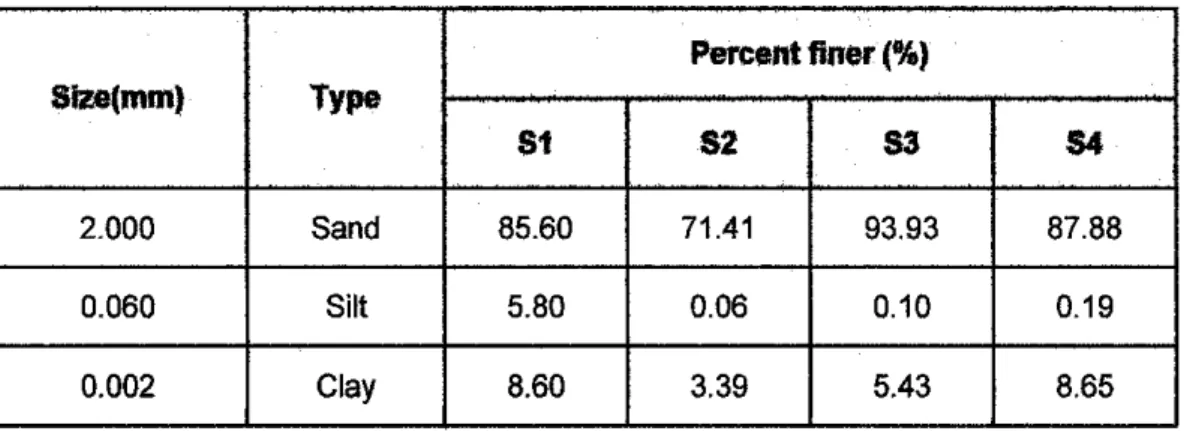
Discussions
In conclusion, the results of the study show that all four Tapah kaolin soil samples contain about 90% sand and the rest are silt and clay. Since the author classified the soil using three different standards, it can be classified that area S 1 is silty sand, S2 is well-graded sand with little existence of clay in it, while 83 and 84 are poor and well-graded sand. with clay. This is due to the different hidi' of the metasediments and granite because the collected samples located in the granitoid zone are referred to Appendix A.
From physical observation in this area the soil is white or grayish white because the presence of quartz mineral in soil. The four samples of kaolin soil are low in shear strength where the undrained shear strength is in between. This is due to the low cohesion of soil as the soil contains more sand.
Based on the intensive study taken by the author, it is found that the kaolin properties in the studied area give different facts about kaolin soil compared to the properties of kaolin from other countries. There are some areas that need further investigation by other parties, which can give better results and some change to the ground. The author cannot provide better results or data, as a lack of samples due to the limitation it was difficult to get the slender ones.
In the future, mote samples from different prominent and wide coverage areas should be used for complete data for this study. To determine the exact properties of the soil, several tests should be performed by performing a permeability test, Hydtaulie conductivity, oedometer test or a chemical test to check the minerals in the soil of the basin. Effect of cement and rice husk ash on soil plasticity and compaction. University of Malaya, Kuala Lumpur and Y ogyakarta, Indonesia.
2006, Determination of Optimum Concentration of Lilne SliJrrY for Soil Stabilization, Masters Thesis, Universiti Tekrtologi Malaysia. ABIDIN, 1991, Investigation of the kaolin occurrences of Tapah-Bidor Area, Perak, Report No 6, Geological Survey of Malaysia.
CONCLUSIONS
Conclusions
RECOMMENDATIONS
Recommendations
